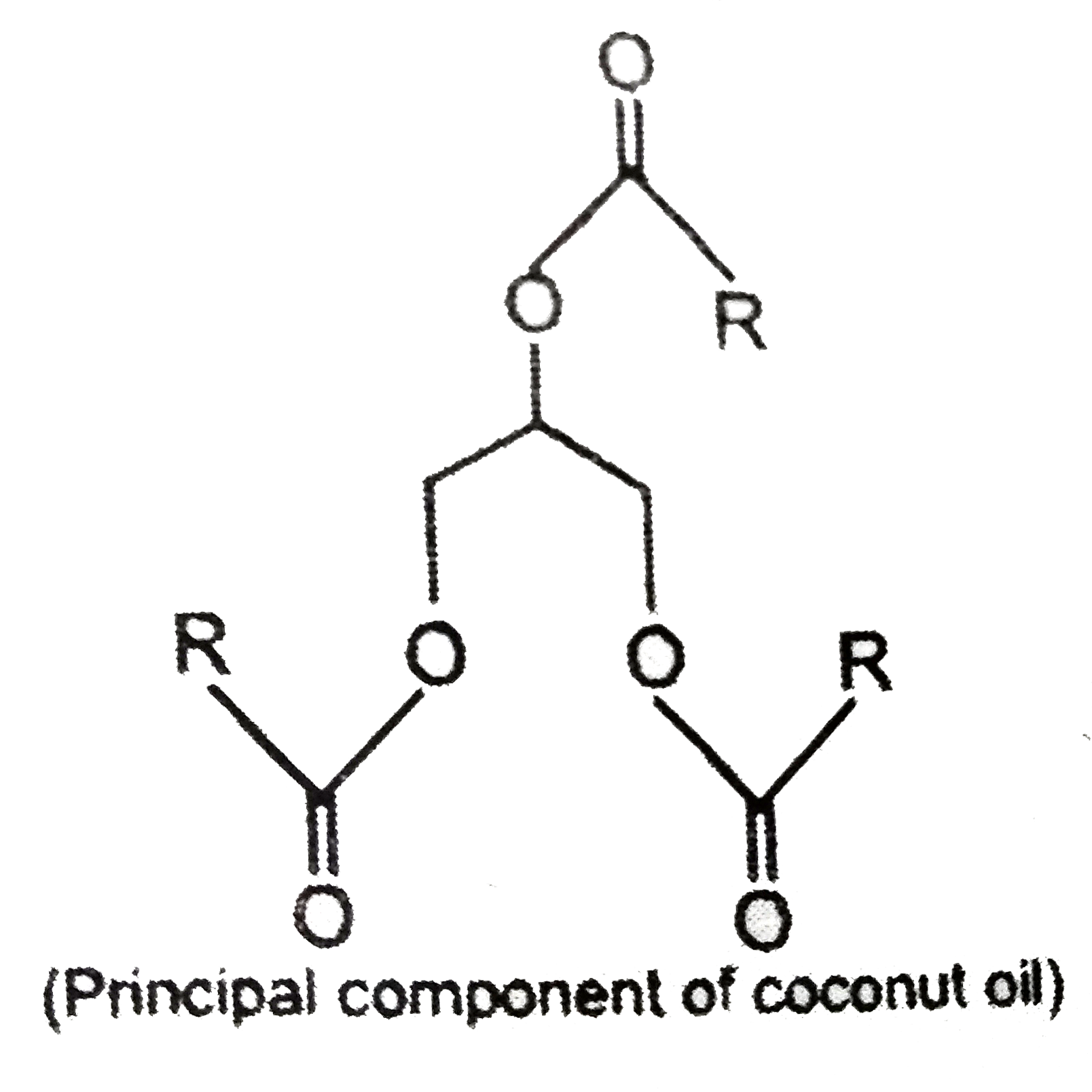C2H5OC2H5→A+B⏐↓Fe2+↓KCNSred color
Which is not true for above reactions?
(a) A & B are explosives
(b) If A & B are present in ether, then prior ot its use A & B must be removed from ether
(c) A & B can not be removed by adding conc. H2SO4
(d) When A & B are treated with Fe2+ followed by KCNS, no redox reaction is invelved.
The correct Answer is:D
To determine which statement is not true regarding the reactions involving the compound C2H5OC2H5 (diethyl ether), we will analyze the reactions and the properties of the products formed.
Step 1: Identify the Reaction Products
The compound C2H5OC2H5 can decompose to form peroxides and hydroperoxides. These products are known to be unstable and can lead to explosive reactions.
Hint: Consider the nature of ethers and their decomposition products.
Step 2: Analyze the Properties of A and B
From the decomposition of diethyl ether, we can identify that:
- A and B are likely peroxides or hydroperoxides.
- These compounds are known to be explosive.
Hint: Recall the characteristics of peroxides and hydroperoxides.
Step 3: Check the Statements
1. Statement A: Peroxides and hydroperoxides are explosives.
- This statement is true.
2. Statement B: Peroxides and hydroperoxides are present in ether.
- This statement is also true.
3. Statement C: They cannot be removed by concentrated H2SO4.
- This statement is true; they are inert to concentrated sulfuric acid.
4. Statement D: The reaction of A and B with Fe2+ followed by KCN does not involve a redox reaction.
- This statement is false; the reaction does involve a redox process where Fe2+ is oxidized to Fe3+.
Hint: Evaluate each statement based on the chemical behavior of the compounds involved.
Step 4: Conclusion
The statement that is not true is Statement D, as it incorrectly claims that the reaction does not involve a redox process.
Final Answer: The incorrect statement is D.
The compound C2H5OC2H5 can decompose to form peroxides and hydroperoxides. These products are known to be unstable and can lead to explosive reactions.
From the decomposition of diethyl ether, we can identify that:
- A and B are likely peroxides or hydroperoxides.
- These compounds are known to be explosive.
1. Statement A: Peroxides and hydroperoxides are explosives.
- This statement is true.
- This statement is also true.
- This statement is true; they are inert to concentrated sulfuric acid.
- This statement is false; the reaction does involve a redox process where Fe2+ is oxidized to Fe3+.
The statement that is not true is Statement D, as it incorrectly claims that the reaction does not involve a redox process.
Similar Questions
Ph−Me∣C∣H−OHSOCl2−−−−−→inC5H5N, Which statement is true for the above reaction?
View SolutionThe following is not an appropriate reaction for the preparation of t-butyl ethyl ether.
C2H5ONa+CH3−CH3| C| CH3−Cl→CH3CH3| C| CH3−OC2H5
(i) What would be the major product of this reaction ?
(ii) Write a suitable reaction for the preparation of t-butylethyl ether.
View Solution
Knowledge Check
H3Cl−CH3∣CH−CH∣Cl(A)−CH2Hofmann−−−−−−→Elimination(B)⏐⏐↓Hbr/hvDHBr−−→(C)
Correct order of rate of SN2 for A, C and D will beAA>C>DBC>D>ACA>D>CDC>A>DPh−O∣∣C−CH3NaNO2−−−−→HCl(A)AC2O−−→heat(B)H3O+−−−→(C)
Product ( C) of the above reaction is :APh−CO2HBPh−O∣∣C−CO2HCPh−O∣∣C−O∣∣C−HDPh−O∣∣C−CH2OHC3H9ClA↓Br2,CCl4Negative testalc.KOH−−−−−→B(C5H8)No isomers↓Br2,CCl4Positive testO3−−−−−→(CH3)2SC5H6O2 which of the following is the structure of A?
A B
B C
C D
D
_2019_CBT4_E01_010_Q01.png) KCN−−−→DMSOH2,Pd−−−→ product is
KCN−−−→DMSOH2,Pd−−−→ product is
View SolutionC3H5N(α)Hydrolysis−−−−−→CH3H6O2(x)(i)Cl2/Pred−−−−−−−→(ii)H3O+C3H5O2Cl(y)NH3−−→C3H7O2(z)
correct option (s) is/are for the above reaction.
View Solution(CH3)2CONaCN−−−→HCI(A)H+3O−−→Δ(B)
In the above sequence of reactions, (A) and (B) are :
View Solution NaOH,H2O−−−−−−−→100∘C(Several hours)Product Product is obtained in the above reaction is :
NaOH,H2O−−−−−−−→100∘C(Several hours)Product Product is obtained in the above reaction is :
View Solution (A) overset(NaNO_(2)//HCl)underset((ii)H_(2)//Ni)underset(0-5^(@))(rarr)(B) , is:
(A) overset(NaNO_(2)//HCl)underset((ii)H_(2)//Ni)underset(0-5^(@))(rarr)(B) , is:
View Solution
